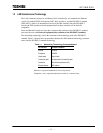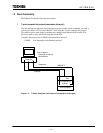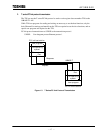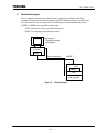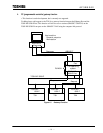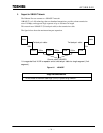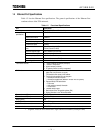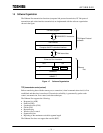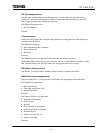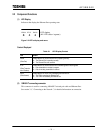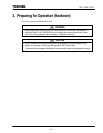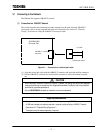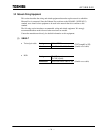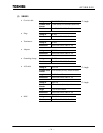
23
6 F 3 B 0 3 6 2
UDP (User datagram protocol)
Transfers data with the remote port in datagram units. Provides high-speed transfers since a
connection is not used, but does not have control functions that assure reliability, as does TCP.
Thus it requires support from a higher level protocol.
The Ethernet Port supports the:
• the UDP checksum
function.
IP (Internet protocol)
Sends and receives data in the datagram format. Sends data in datagram units to the remote port
according to the IP address.
The Ethernet Port supports:
• Data fragmentation and reassembly,
• Direct routing, and
• Broadcast
functions.
The Ethernet Port does not support the indirect routing and multicast functions.
Although the Ethernet Port physical layer structure conforms to the ISO8802-3 standard, it adopts
DIX standard frames as the data link frames (the IP datagram send/receive frames).
ARP (Address resolution protocol)
Searches for a port MAC address (Ethernet address) that has a specified IP address.
ICMP (Internet control message protocol)
Reports IP packet errors, verifies the state of the IP network, and supports related functions.
The Ethernet Port supports the:
• Echo request/reply,
• Timestamp request/reply, and
• Information request
functions.
The Ethernet Port does not support the:
• Destination unreachable,
• Source quench,
• Redirect,
• Time exceeded for a datagram,
• Parameter problem on datagram,
• Information reply,
• Address mask request, and
• Address mask reply
functions.



